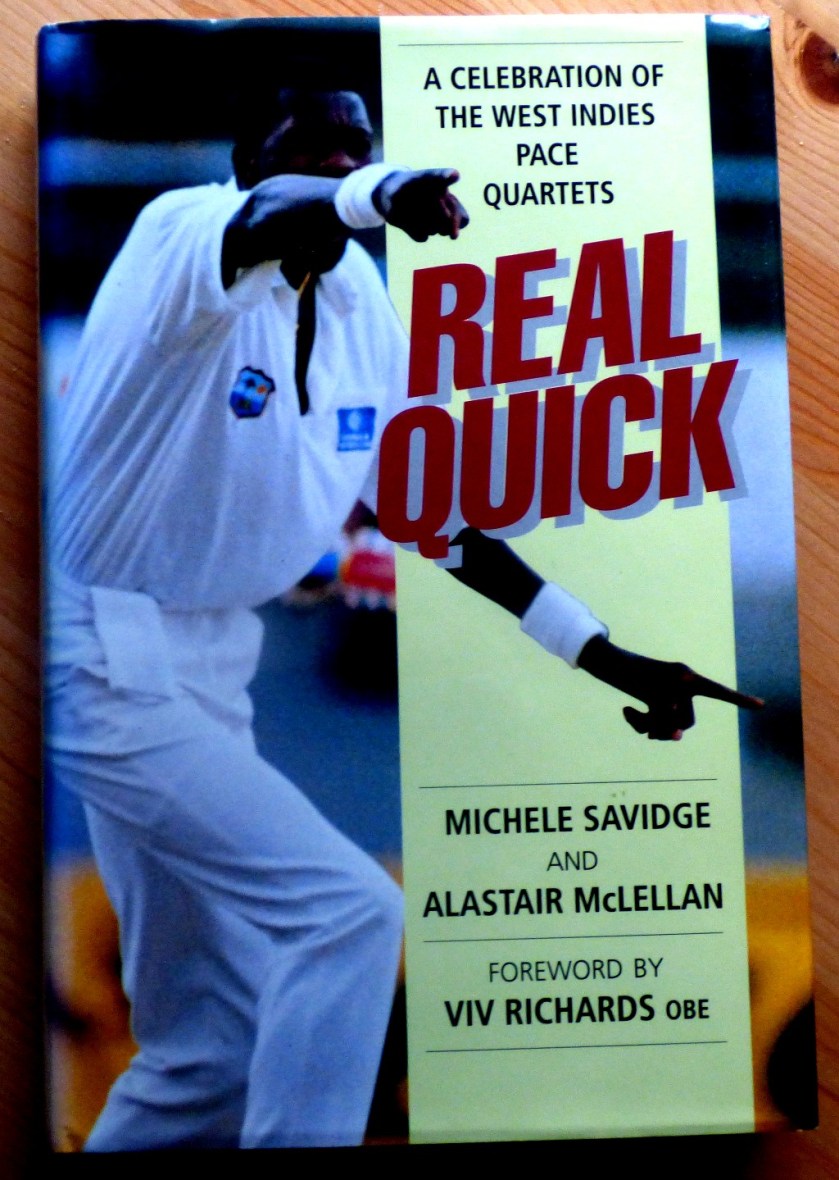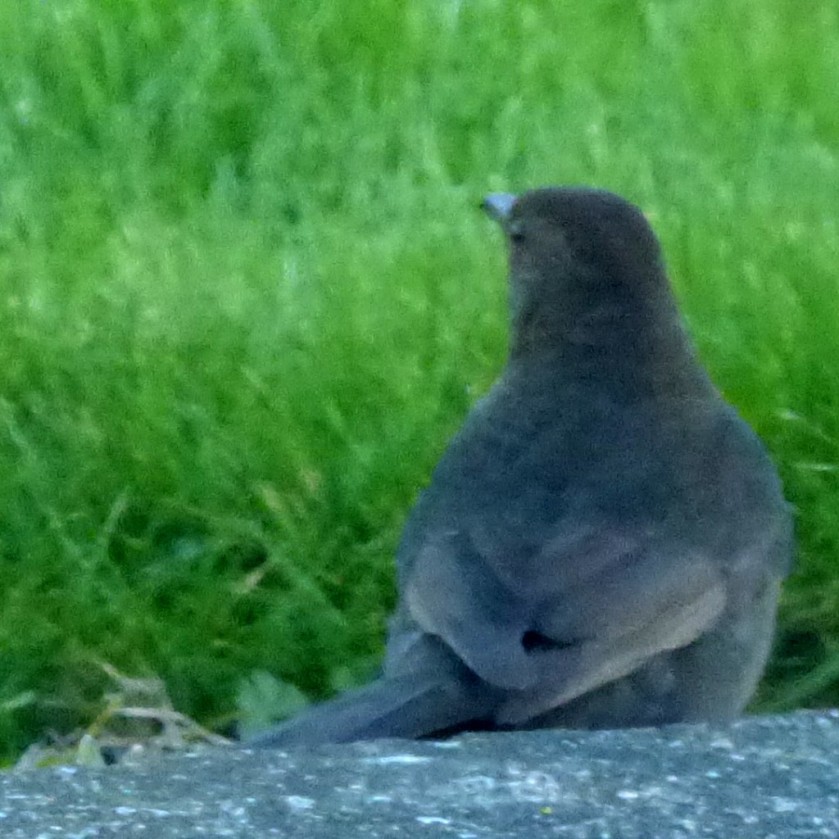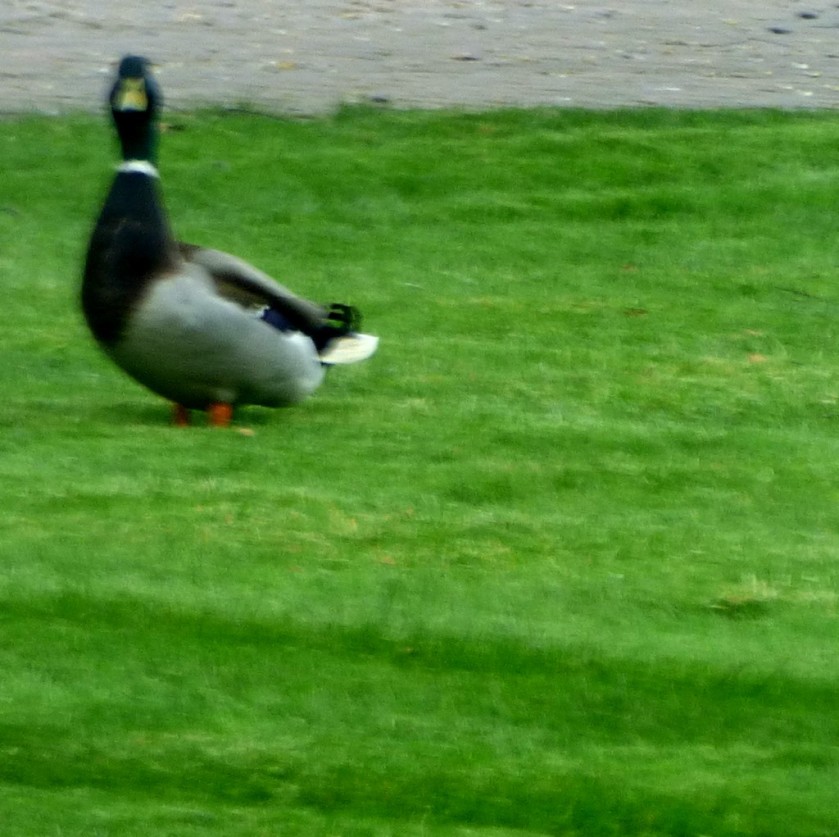INTRODUCTION
Welcome to the latest installment in my “100 cricketers” series. This post focusses on the bowling attack from my sixth XI, a West Indian fast bowling quartet. The introductory post to the series can be found here, and the most recent post, in which I introduce the sixth XI can be found here. I have three little bits to do before getting to the main meat of the post. In my last post I indicated that I wanted this one to be a bit special, and challenged people to guess why…
1,500 NOT OUT
No, not an actual score! This is my 1,500th post on aspi.blog, and that is why I hope it will be just a bit special.
ENGLAND WOMEN SEAL T20 SERIES V SRI LANKA WITH EMPHATIC VICTORY
First of all the England Women restricted Sri Lanka to 108-6 from their 20 overs. Veteran Katherine Brunt collected two wickets to go past 250 in all forms of international cricket, while Marsh, Sciver and Knight each took one and 20 year old legspinner Sophia Dunkley bagged her first international scalp. Young pace bowler Freya Davies was wicketless but went for only 15 in her four overs. They then took only 13.5 overs to knock the runs off, Amy Jones and Danielle Wyatt kicking off with a stand of 79, and after their departure Beaumont and Sciver did the rest for an emphatic eight wicket victory. England women are very well equipped with young spinners – as well as Dunkley and Linsey Smith (two overs for 19) who were in the side today Sophie Ecclestone and Alex Hartley are both faring well when they get the opportunities.
MCC FIGHT BACK BUT SURREY STILL FAVOURITES IN DUBAI
Jamie Smith achieved the highest score ever made by someone making a first class debut for Surrey, but fell quickly thereafter for 127. Olly Pope went on to a mammoth 251, reaching 250 with three successive sixes, and Surrey were all out on the stroke of lunch for 520, a first innings lead of 255. The MCC side responded well, reaching the close on 221-1, Dominic Sibley, himself a former Surrey player, 102 not out and the other opener Will Rhodes 88. Given that they are still 34 in arrears the MCC side will need to bat until at least tea time tomorrow to give themselves a chance of saving the game. Should they gain a lead 150 or so and have that final session to bowl at Surrey there could yet be a good finish, because I imagine that in a one-off fixture Surrey would be inclined to have a serious go at chasing them. It is now time for the main meat of the post…
WEST INDIAN PACE QUARTETS
From their first appearances on the world stage the West Indies have been noted for producing fast bowlers. However, the use of a quartet of pace bowlers dates specifically from the period 1976-1995, when the West Indies bestrode world cricket like a colossus. In 1975-6 a West Indies squad captained by Clive Lloyd were beaten 5-1 in a six match test series in Australia, whose bowling attack featured Dennis Lillee, Jeff Thomson, Max Walker (righ-arm fast medium) and Gary Gilmour (left-arm fast medium and a handy lower middle order batter). This planted the germ of an idea that fully crystalized in the mind of Lloyd during a match against India in Trinidad, in which the West Indies equipped themselves with three spinners, Inshan Ali, Raphick Jumadeen and Albert Padmore, as against the Indian trio of Bhagwat Chandrasekar, Bishan Bedi and Erapalli Prasanna. The West Indian trio were a match for the Indian in terms of bolwing styles, but they did not have the same ability – in the fourth innings of that match, when the spinners should have been at their best India scored 406-4 to win by six wickets. Back in the dressing room Lloyd asked them just how many they needed to be able to defend, though he had no intention of finding out. He battled the selectors to get his way, and the pace quartet was born. In England in 1976, fired up by foolish comments from England captain Tony Greig, the first of these quartets, Vanburn Holder, Michael Holding, Wayne Daniel and Andy Roberts wrought aboslute havoc, and thereafter until the Aussies came calling in 1995 the West Indies lost only one series (a three-matcher against New Zealand in 1980) and a mere handful of matches.
The book “Real Quick”, by Michele Savidge and Alastair McClellan records the history of these great pace quartets in detail. David Frith’s “The Fast Men” a survey of fast bowling through the whole history of cricket features various West Indians, and C L R James in “Beyond a Boundary” and elsewhere writes about various West Indian bowlers along the way.





INTRODUCING MY CHOSEN QUARTET
I could have chosen the first quartet, as the original history makers, or I could have gone for the best quartet to have played as such (a close call between Holding, Garner, Roberts and Croft or Holding, Garner, Croft and Marshall), but mindful of my desire to focus on players who I had at least some experience of seeing or hearing playing live I instead went for a quartet three of whom did play together (Holding had finished before the two most recent members of my quartet started), and who would have stood comparison with any pace bowling quartet you could put together. Now we turn to my quartet starting with…
MICHAEL HOLDING
60 test matches brought him 249 wickets at 23.68. He also scored six half-centuries batting down the order. His best match was at The Oval in 1976, when on a pitch on which no one else could do anything he took 8-92 and 6-57 to win the match for the West Indies. At Bridgetown, Barbados in 1981 he bowled on over to Geoffrey Boycott which is regarded by many as the greatest opening over of as test match ever bowled – check out the clip below:
He was nicknamed Whispering Death so silent was his approach to the bowling crease.
MALCOLM MARSHALL
81 test matches yielded him 376 wickets at 20.94 each, and 1810 runs at 18.85 with the bat. He also got through a huge bowling workload for Hamphsire who he served magnificently as an overseas player. He was always quick, and as he matured he developed craft and guile to go with his speed, and became probably the most complete fast bowler in the game. At Headingley in 1984 he suffered a broken arm, went in to bat to enable Larry Gomes to complete a century, and then bowled with the left arm in a plaster cast in the England second innings – and took a then career best 7-53 – he would improve it four years later to 7-32 again at the expense of England.
CURTLEY AMBROSE
98 test matches yielded him 405 wickets at 20.99. He once destroyed Australia at the WACA with a spell of 7-1 in 33 deliveries. At Headingley in 1991 he took the first six wickets in the England second innings, before Derek Pringle stayed with Gooch, who was in the process of playing one of the great test innings, for over two hours, and England emerged victorious. At Trinidad in 1994 England were set a target of 194 to win, and had an hour in murky light to survive on the penultimate evening. By the time that hour was done England were 40-8, six of them to Ambrose, and the match was effectively over. Here, courtesy of youtube, is some footage of that latter occasion:
COURTNEY WALSH
He was the first bowler to take 500 test wickets (519 at 24.44), and among quick bowlers only James Anderson and Glenn McGrath have taken more. In 2,000, when Walsh was playing hnis final series against England, the latter brought Marcus Trescothick into their side to open the batting. On his debut he was 0 not out when Walsh was rested after his opening burst. He got under way off the first ball from Walsh’s replacement and went on to make 66 in that innings. Walsh was one of the 1991 quartet (along with Ambrose, Marshall and Patrick Patterson) who made Graeme Hick’s introduction to test cricket such a personal nightmare (the England selectors who in their impatience to pick him threw him straight in against the West Indies quicks compounded their initial felony by then dropping him from the last match of the summer against Sri Lanka who possessed no bowlers of real pace – this is the match the should have been earmarked for his debut, to ease him in at the highest level). This completes my account of my West Indian pace bowling quartet – my next post in this series will deal with the opening batters from my sixth XI.
PHOTOGRAPHS AND LINKS
Before finishing this post in my usual fashion I have a couple of interesting links to share:
- As an autistic person who finds the very notion of autism as something to be cured offensive I am delighted report that the Advertising Standards Agency has told 150 homeopaths to stop claiming that they can cure autism. The full story is available here.
- My interest in paleontology was enough to attract me to the story of a remarkable new bed of Cambrian fossils. I am delighted to be able to provide a link to coverage of this find on whyevolutionistrue, one of my favourite blogs.








